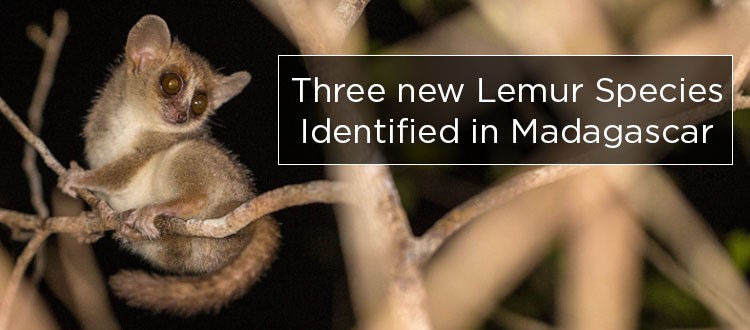December 4, 2024
The Ebiil Society: Champions of Palau
Ann Singeo, founder of our partner organization the Ebiil Society, shares her vision for a thriving Palau and a flourishing world of indigenous science!
We use cookies to help you navigate efficiently and perform certain functions. You will find detailed information about all cookies under each consent category below.
The cookies that are categorized as "Necessary" are stored on your browser as they are essential for enabling the basic functionalities of the site. ...
Necessary cookies are required to enable the basic features of this site, such as providing secure log-in or adjusting your consent preferences. These cookies do not store any personally identifiable data.
Functional cookies help perform certain functionalities like sharing the content of the website on social media platforms, collecting feedback, and other third-party features.
Analytical cookies are used to understand how visitors interact with the website. These cookies help provide information on metrics such as the number of visitors, bounce rate, traffic source, etc.
Performance cookies are used to understand and analyze the key performance indexes of the website which helps in delivering a better user experience for the visitors.
Advertisement cookies are used to provide visitors with customized advertisements based on the pages you visited previously and to analyze the effectiveness of the ad campaigns.
Looking to make an impact this Earth Month? Here’s how.

Three new lemur species have been identified in Madagascar, an island nation off the southeast coast of Africa.
Scientists from the German Primate Center (DPZ), the University of Kentucky, the American Duke Lemur Center and the Université d’Antananarivo in Madagascar have described three new species of Mouse Lemurs.
The identification of new lemur species has been made possible by developments in genetics research as well as improved access to remote forests. The discovery of new lemur species has numerous benefits. Knowing the distribution of individual species helps conservationists identify habitats in need of protection.
Peter Kappeler, who has conducted research at the field station of the German Primate Center in Madagascar for more than 20 years, says:
Furthermore, this new information is an important element towards better understanding how biodiversity on Madagascar arose.
 Lemur climbing a tree at night. By G. Donati
Lemur climbing a tree at night. By G. DonatiThe International Union for Conservation of Nature (IUCN) cites more than 100 known lemur species as threatened by extinction. The identification of individual species and their geographic ranges will help conservationists protect these endangered mammals.
Feature photo: Mouse Lemur in tree. By nomis-simon
Read the original article at German Primate Center
Check out other journal entries we think you might be interested in.
Notifications